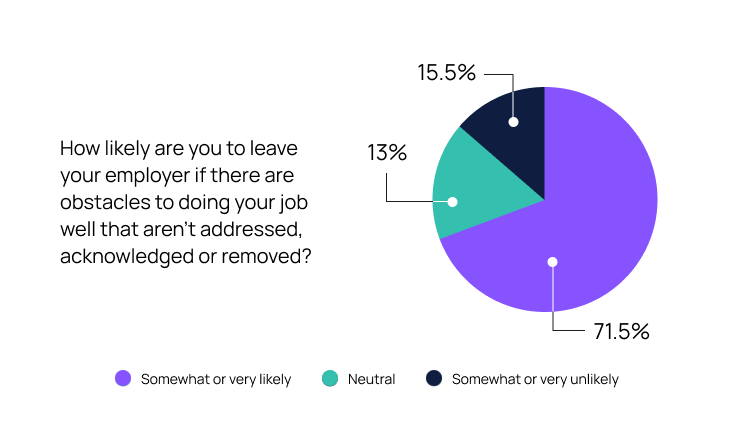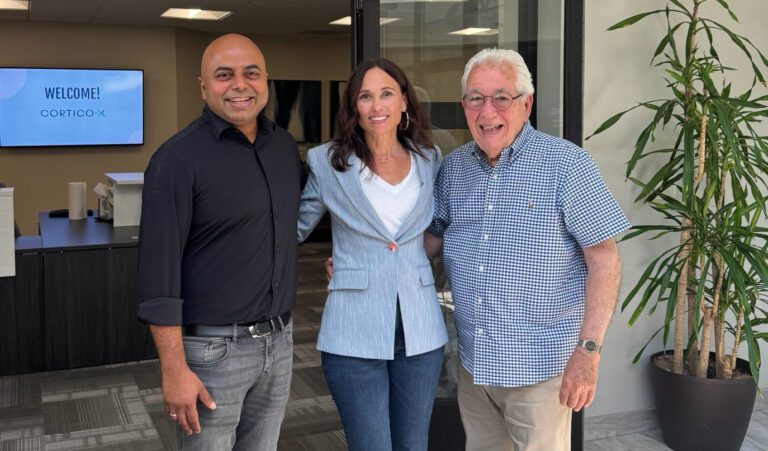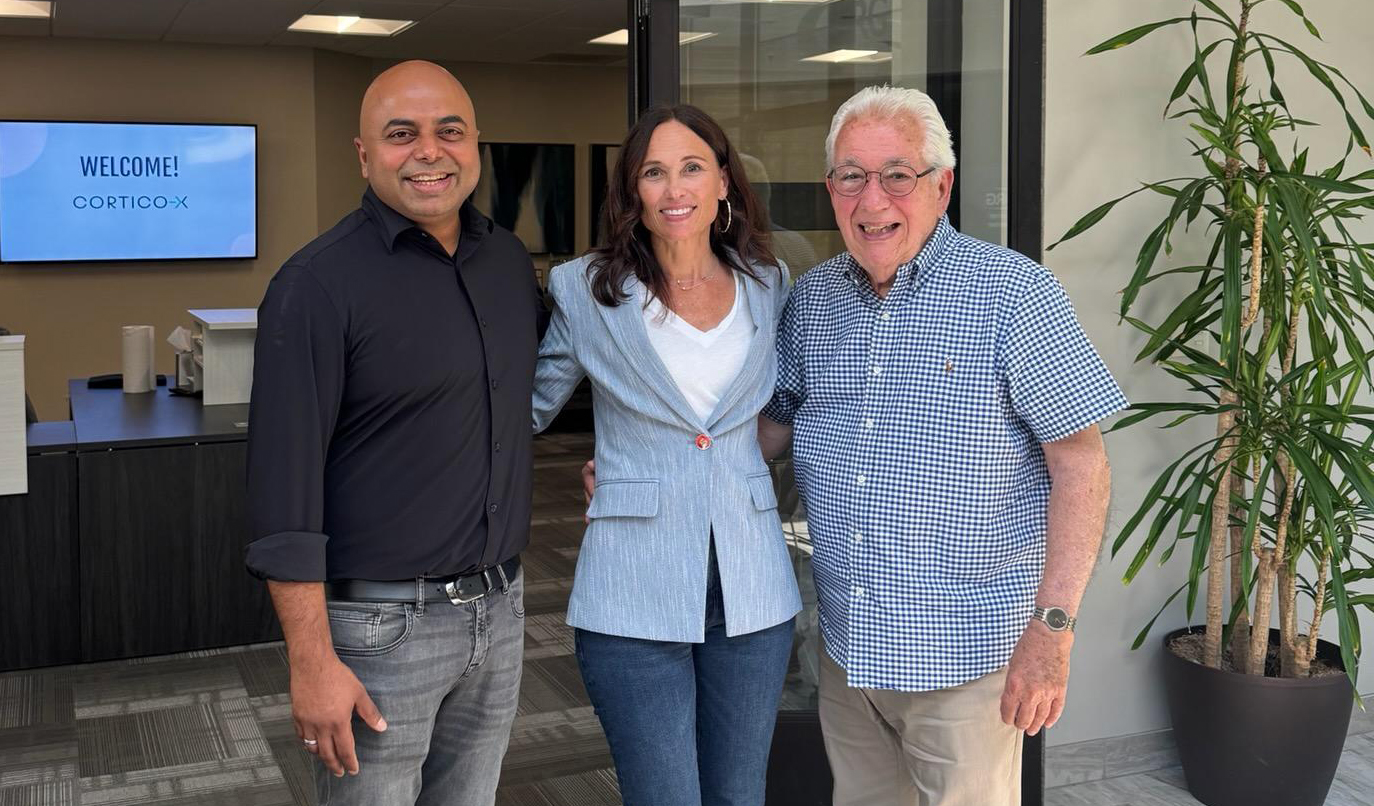“Three in four employees would leave their job if obstacles prevented them from doing their work effectively. Is effort an early indicator of retention – just like it is for customers?”
The Growing Challenge of Disengagement
Disengagement goes far beyond quiet quitting. It impacts productivity. Especially now, as many leaders push for a return to the office. In fact, Gallup reports that employees increasingly feel detached from their companies, less connected to their organization’s mission, and undervalued. This is even more pronounced among those who believe their jobs can be performed remotely.
And it’s not just speculation. In a recent Cortico-X Intel Poll, 71% of employees said they would leave an employer if persistent workplace obstacles weren’t acknowledged or addressed.

Source: Cortico-X Intel PollSo that raises a critical question:
- Do you truly know what challenges your employees face?
- Have they been quantified?
- Are they being recognized and resolved?
Where to Begin: Understanding Employee Engagement
People often ask me, What’s the best way to measure engagement and workplace culture? While there’s no single perfect metric, one thing is clear: frequent pulse checks work better than a once-a-year survey.
After years of implementing engagement programs alongside customer experience (CX) strategies, I keep coming back to one thought – why don’t we treat employees like customers? After all, many of the best practices from a CX Playbook can be applied internally to improve employee satisfaction!
A client recently asked me, If you had just $1 to invest in employee insights, where would you start? My answer: Find the early indicators. One of the most powerful yet overlooked metrics is quantifying obstacles that prevent employees from doing their jobs effectively. This is similar to CX’s effort metric – an early indicator that provides far more insight than standalone eNPS scores.
When workplace obstacles go unaddressed, they don’t just disappear. They become watercooler talk, fueling frustration and misinformation that can erode both employee morale and the employer brand. These conversations extend beyond the office – to family, friends, and networks – further damaging perception and retention
Rethinking Employee Engagement: A Conversation with Alyson Daichendt
I recently spoke with my colleague, Alyson Daichendt, about this changing landscape. She pointed out that employees are increasingly behaving like free agents, pushing leaders to rethink how they foster engagement. The goal? Building organizations that thoughtfully and creatively meet employees where they are. This is leading us to rethink engagement overall and to reconsider the relationship between engagement and culture – as well as the link between customer and employee experience. So, if we each had just $1 to invest in improving engagement, where would it go?Alyson’s Perspective: Engagement Starts with Culture
If I had $1 to spend, I’d invest in establishing a clear baseline for culture and engagement. Culture is about the collective; engagement is about the individual. Organizations need to articulate their current culture and define what they aspire to be. But more importantly, they must listen. This means moving beyond annual surveys and starting engaging in ongoing, meaningful conversations at key moments. Listening shouldn’t be a box to check – it should drive real action. To build trust, leaders must actively communicate what they plan to change based on employee feedback. But here’s the key: don’t try to fix everything at once. Focus on a few critical areas, and execute well.Robyn’s Perspective: Leadership Needs a Front-Row Seat
For me, the priority is helping leaders experience employee challenges firsthand. Leaders should regularly step into their employees’ shoes – not just symbolically, but by actually doing their jobs. This kind of hands-on experience can give them a ton of insights, shedding light on engagement levels, pain points, and best practices. By walking the floor, engaging with staff in non-threatening ways, and experiencing workplace obstacles directly, leaders can build bridges, strengthen trust, and drive meaningful change. The takeaway? Capture obstacles, be transparent, and communicate what will change. Word will spread, and engagement will grow.Final Thoughts: Employees Are the Lifeblood of an Organization
Employees aren’t just a resource; they are the driving force behind every successful business. As workplaces continue to evolve, companies must take a fresh approach to engagement – one that blends empathy with action to eliminate obstacles before they erode trust. At Cortico-X, we believe employees are an organization’s greatest competitive advantage. The key to sustainable growth lies in understanding their needs, addressing their challenges, and building a workplace that fosters genuine engagement. Are you ready to unlock new opportunities through better employee engagement strategies? Let’s reimagine what’s possible – together. Contact us today. For more info. on the future of work, culture, and innovation, follow Cortico-X on LinkedIn. Check back next week to see where we’d invest if we had $2!
Robyn Gilson
is a Vice President at Cortico-X, leading our Healthcare practice. She leverages her vast CX and EX leadership expertise across industries to drive both cultural transformations and incremental growth for clients.

Alyson Daichendt
is a Vice President at Acquis Consulting, specializing in Organization and Talent consulting. Alyson helps clients enhance employee experience, drive engagement, and build great workplace cultures.











